In mid-2024, we explored the growing divide in American consumer behavior through the lens of two retailers: Dollar General (DLTR), representing lower-income consumers, and Nordstrom, serving affluent shoppers. These companies were selected as indicators because they reflect the financial behavior of two distinct economic groups—lower-income households that prioritize affordability and discretionary spending, and high-income consumers whose purchasing power remains strong in the luxury market. As we enter 2025, new market dynamics are emerging, driven by economic conditions, investor sentiment, and shifting financial policies. With fresh insights from Ryan Isherwood, Institutional Fund Manager at Significance Capital, this follow-up piece reassesses the state of the consumer market and explores the implications of a key inflection point between American Express (AXP) and Dollar General (DLTR).
Consumer Market Update: The Changing Landscape
The divergence between high-income and low-income consumers continues but with some notable shifts. Luxury spending remains resilient, with affluent consumers still investing in high-end goods, driven by corporate earnings and strong investment gains. Meanwhile, middle- and lower-income households face increasing financial strain, which is evident in Dollar General’s ongoing decline. Higher borrowing costs and persistent inflation in essentials have further eroded purchasing power.
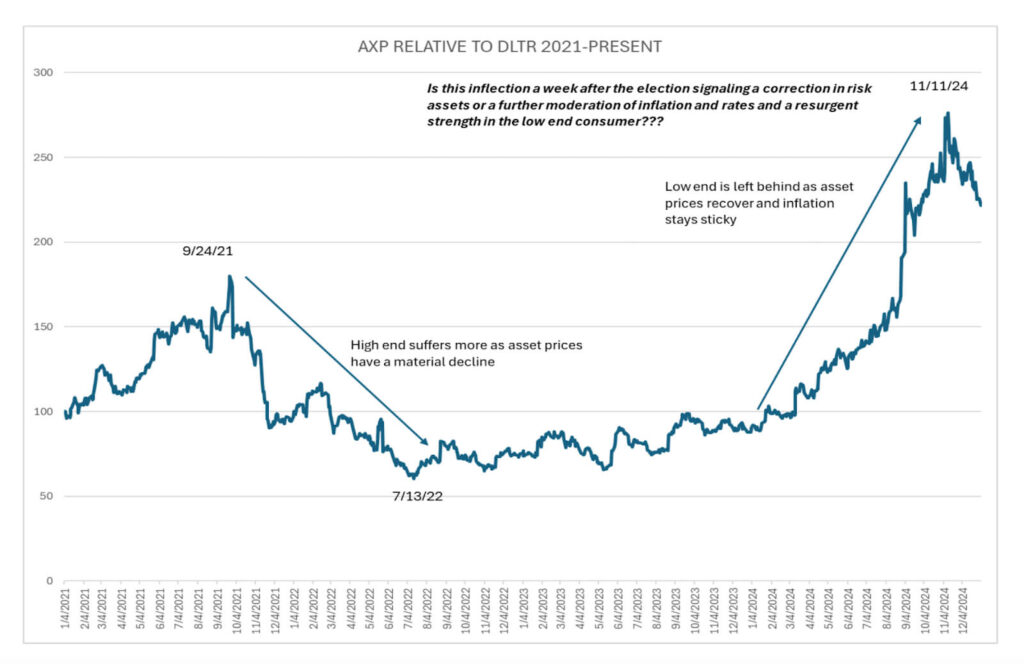
Investor sentiment has also shifted. Professional investors are positioning at extreme levels, while retail sentiment continues to fluctuate. These conditions highlight the fragility of the broader economic environment. A chart illustrating the trend in consumer sentiment and its impact on the retail sector would be useful here.
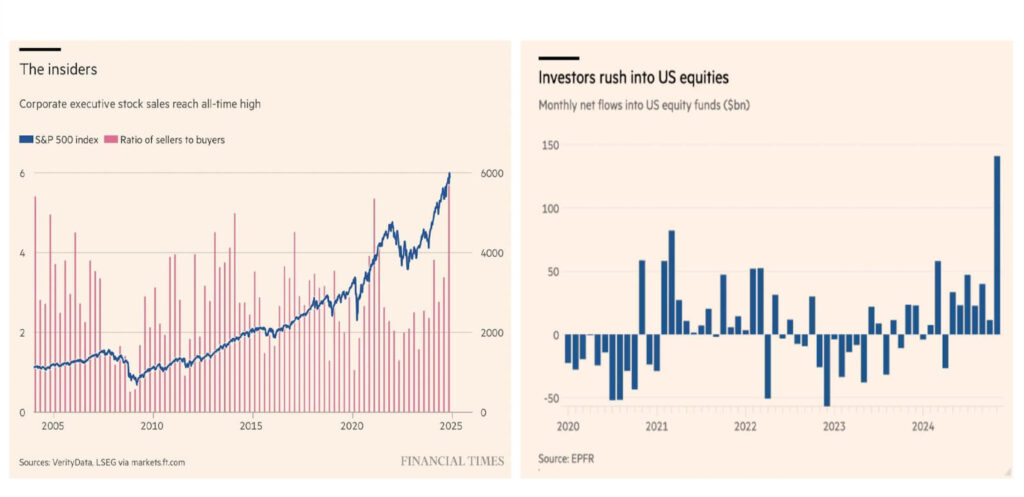
Bull vs. Bear Case: What Happens Next?
Bull Case:
The bull case suggests that market resilience remains strong despite heightened risks. Bull market leadership continues, and key indicators still support upward momentum. Historically, insider selling peaks before market tops, rather than coinciding with them, which could indicate that the market still has room to grow. Additionally, traditional stress indicators have yet to flash warning signals, further supporting the case for continued economic expansion.
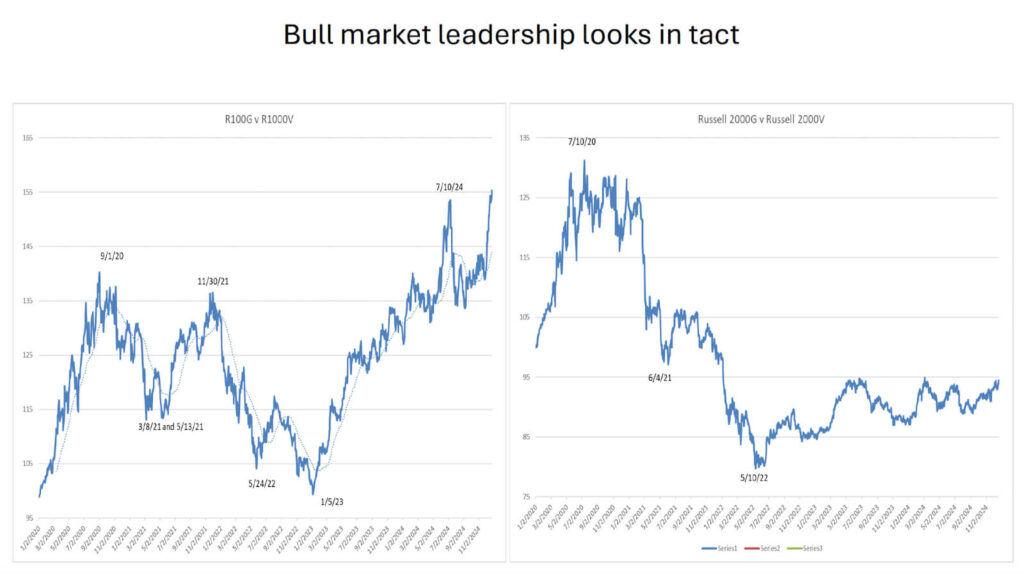
Bear Case:
On the other hand, some warning signs are hard to ignore. The divergence in market momentum resembles patterns seen before major downturns, such as those in 2018 and 2021. Both professional and retail investors are at extreme positioning levels, increasing the risk of volatility. Rising yields in the post-Fed-cut environment also present a potential headwind for equities. A well-placed chart showing momentum divergence over past downturns would enhance this section.
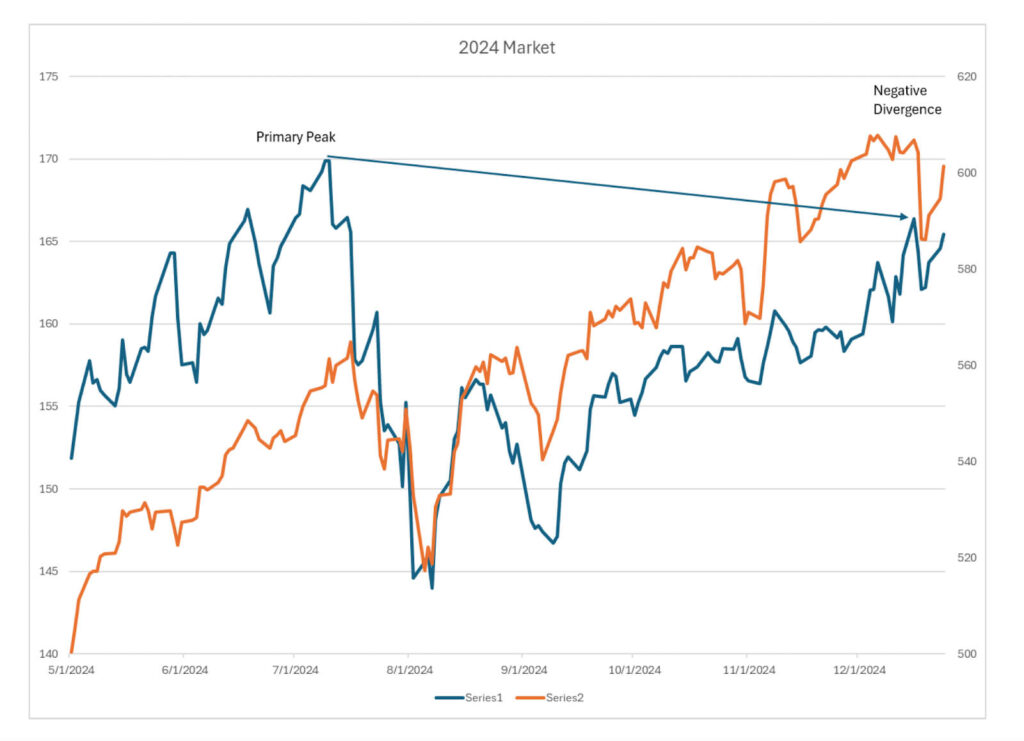
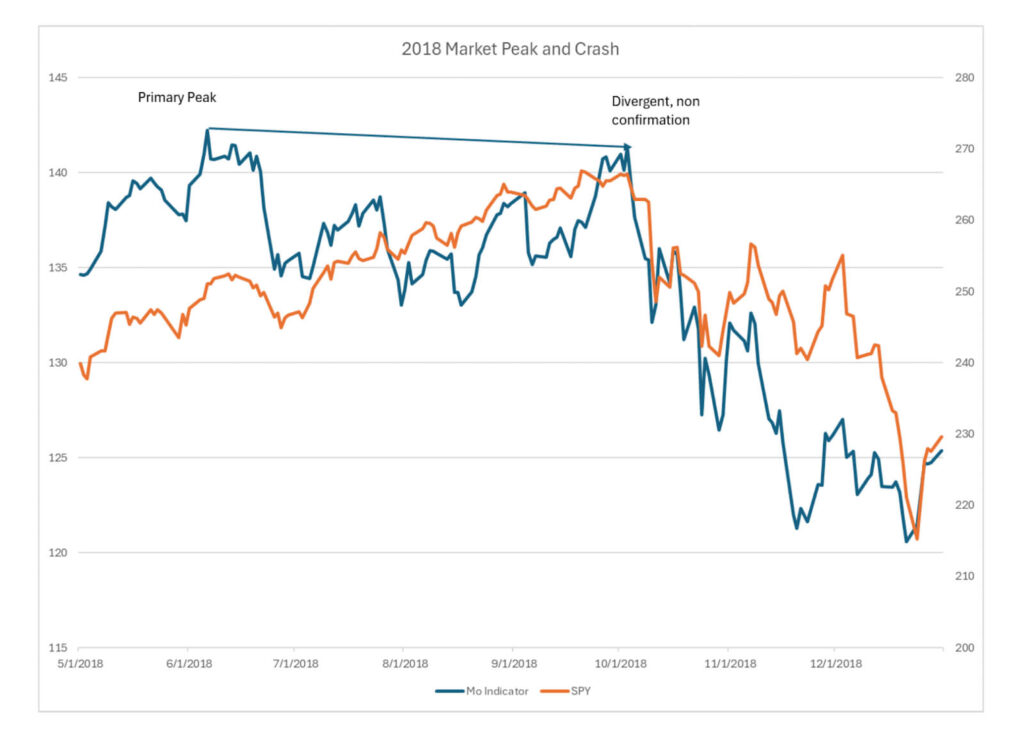
Key Risks & Opportunities in 2025
Several factors could shape the trajectory of the market in 2025. Federal Reserve policy remains a key area of focus, as the market reacts to interest rate decisions and inflationary pressures. Additionally, the direction of the U.S. dollar will be critical—if policymakers pursue a weak-dollar strategy, it could significantly impact market leadership. Government spending cuts and their potential feedback loops will also play a role in economic performance.
Conclusion: Navigating the Crossroads
As 2025 unfolds, the American consumer landscape remains deeply divided. The contrasting trajectories of AXP and DLTR could serve as early indicators of broader economic shifts. While some signs suggest continued market strength, risks remain elevated. Investors and businesses should stay vigilant, adapting to evolving conditions while preparing for potential volatility.
For a deeper dive into our previous analysis, revisit our original article, “Understanding the American Consumer: A Tale of Two Markets.“. This update builds upon that foundation, offering fresh insights into the evolving consumer landscape and new market dynamics shaping 2025.
Disclaimers.
*The Russell 1000 Index consists of the 1,000 largest companies by market capitalization in the Russell 3000 Index, which represents approximately 90% of the total market capitalization of the Russell 3000 Index. It is a large-cap, market-oriented index and is highly correlated with the S&P 500 Index. Indexes are unmanaged and cannot be invested in directly.
** The S&P 500 is a stock market index tracking the stock performance of 500 of the largest companies listed on stock exchanges in the United States. Indexes are unmanaged and cannot be invested in directly.
Ryan Isherwood/Significance Capital Management and their services are not affiliated with LPL Financial and Stonewater Financial.
The opinions expressed in this material do not necessarily reflect the views of LPL Financial.
The opinions voiced in this material are for general information only and are not intended to provide specific advice or recommendations for any individual. All performance referenced is historical and is no guarantee of future results.







